Lathyrus latifolius
Non-native vine with showy pink flowers
Lathyrus latifolius everlasting pea
This colorful garden escapee wildflower blooms along roadsides throughout the state. Although the flowers may be red, pink, blue or white, it is the red that is most likely to catch your eye along the road, in fields or in vacant lots. Mixed colors are common. The species is native to southern Europe, but was imported to the United States many years ago as a garden flower. It now grows wild throughout the United States.
It is a perennial vine with large flowers 0.75 to 1 inch in diameter. These grow in clusters of 4-10 in the leaf axils. There are 5 petals formed into a typical pea-shaped blossom. These flowers have little or no scent. The flowers are replaced by a flattened seedpod that is about 2 inches long. The pod contains several seeds. The plant spreads by seeds and also forms colonies by the growth of underground rhizomes.
This species has alternate leaves with only two opposite elongated leaflets. Between these leaflets there is a forked tendril that helps the vine climb vertical supports. With support it can climb six feet or more. Lacking any support, the everlasting pea will grow as a spreading ground plant. The hairless stems and petiole have flattened wings.
Although the flowers are attractive, the plant can be invasive and hard to remove once established. Therefore, it is sometimes considered a weed. It can spread asexually from the taproot or the rhizome or sexually by seed. Bumblebees are the major pollinator of these plants. Butterflies visit the plant for nectar, but they do not pollinate because they do not crawl inside the flower. The everlasting pea requires full sunlight and will bloom for about two months. This is the source of its common name. Animals may feed on the leaves, but the seeds may be poisonous. The leaves turn yellow in late summer as they die back.
Habitat & Range
Naturalilzes in roadsides, old fields, and waste grounds.
Present throughout the state.
Wetland code: Not classified
Phenology
Flowers June to October.
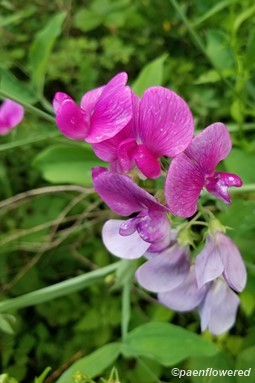
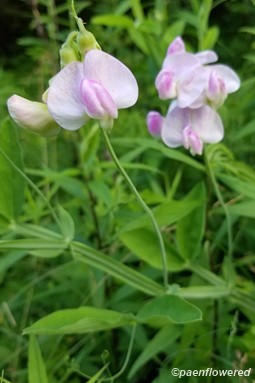
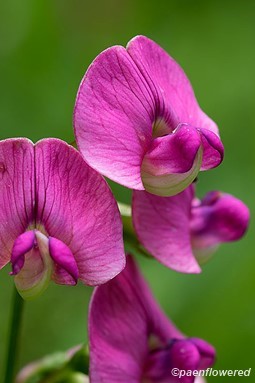

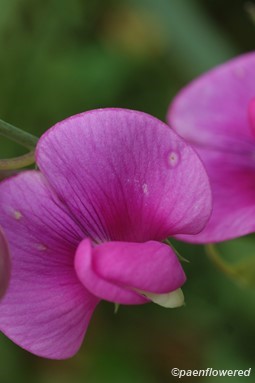
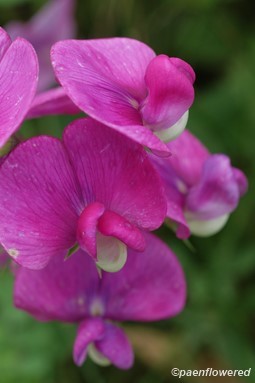


Comments
Have you spotted this plant in your area? We'd love to hear about your experience! Share your comments or questions about the plant below. Comments are moderated before posting.